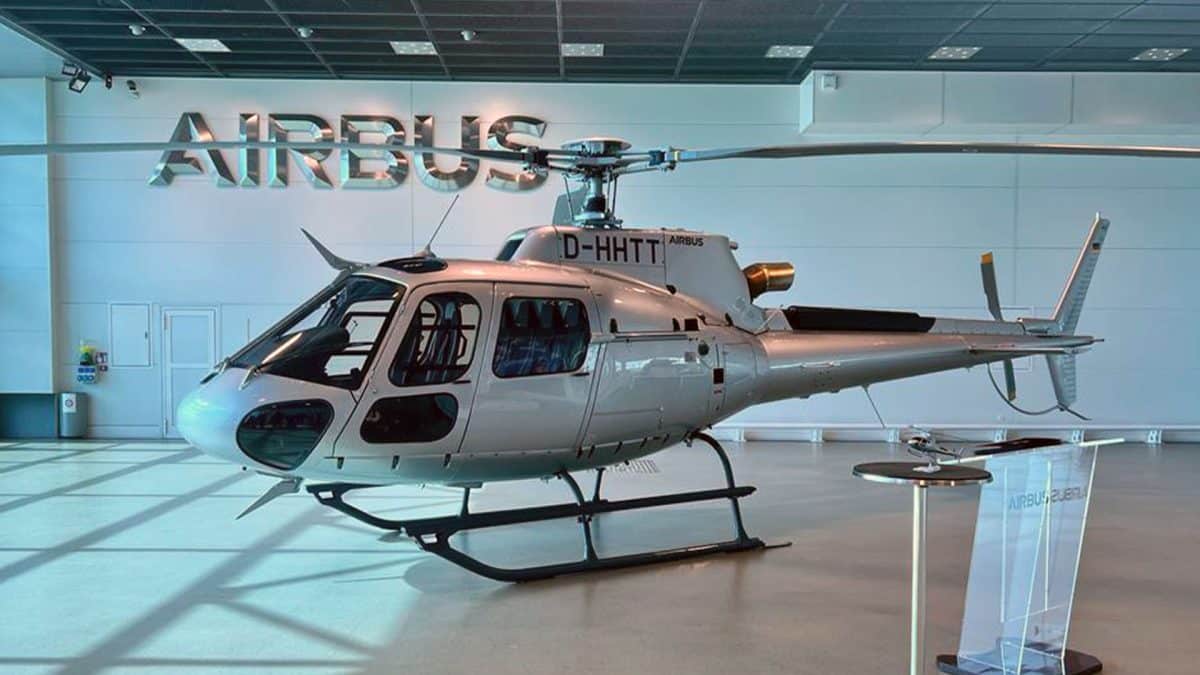India’s aviation manufacturing capabilities are set to soar higher as Tata Advanced Systems Ltd (TASL) and European aerospace giant Airbus join hands to establish the country’s first privately-led helicopter Final Assembly Line (FAL). The strategic move places India on the global aerospace map, boosting its ambition of becoming an indigenous defence and aviation manufacturing hub.
A Major Milestone for ‘Make in India’
The proposed helicopter manufacturing facility, to be located in Karnataka’s Kolar district, will assemble Airbus’ H125 helicopters, a globally popular light helicopter model known for its versatility and performance in high-altitude and hot conditions. This facility will be only the fourth H125 assembly plant worldwide, joining existing Airbus facilities in France, the United States, and Brazil.
This marks a major step forward for the ‘Make in India’ initiative, furthering India’s goal to reduce import dependency and boost indigenous aerospace production.
Why Karnataka Was Chosen
Karnataka emerged as the front-runner for the project, outpacing other contenders such as Gujarat, Uttar Pradesh, and Andhra Pradesh, thanks to its established aerospace ecosystem and policy incentives.
- Proximity to Bengaluru, a major technology and aerospace hub, adds logistical and strategic value.
- The Vemgal Industrial Area near Kolar, where the facility will be built, provides ready infrastructure and connectivity.
- State government incentives such as subsidies on land acquisition and capital support were key in winning the project.
- The presence of Hindustan Aeronautics Limited (HAL) and a skilled aerospace workforce further enhanced Karnataka’s bid.
Production and Future Expansion Plans
Initially, the plant will have a production capacity of 10 H125 helicopters per year, with plans to scale up based on future demand and export opportunities. Industry sources indicate that India’s expanding civil aviation, homeland security, and defence requirements could create a strong domestic market for the H125.
The H125 helicopter is widely used across sectors such as:
- Tourism and VIP transport
- Medical emergency services (EMS)
- Law enforcement
- Search and rescue
- Utility and industrial services
With this facility, India not only strengthens its manufacturing base but also positions itself as a global exporter of light helicopters.
Strategic Importance of the Project
This collaboration between Tata and Airbus symbolizes the increasing role of the private sector in India’s defence and aerospace space. It’s a notable departure from the traditional reliance on state-run companies like HAL and DRDO.
Key strategic outcomes include:
- Boosting indigenous manufacturing of critical aerospace components
- Generating high-skilled employment opportunities in Karnataka
- Enhancing India’s export competitiveness in the aerospace sector
- Deepening Indo-European industrial collaboration
A Boost for India’s Defence and Civil Aviation Ecosystem
With India aiming to become a $5 trillion economy, strategic investments like these will play a pivotal role in modernizing its manufacturing and industrial base. The Airbus-Tata partnership is expected to drive technology transfer, skill development, and supply chain creation, leading to a robust aerospace ecosystem in the country.
It will also aid in civil aviation fleet expansion, especially for smaller, versatile aircraft needed in hilly, remote, or underserved regions.



 Weekly Current Affairs One Liners 08th t...
Weekly Current Affairs One Liners 08th t...
 Which Indian City is Known as the Footwe...
Which Indian City is Known as the Footwe...
 Which Desert is known as the Cold Desert...
Which Desert is known as the Cold Desert...







